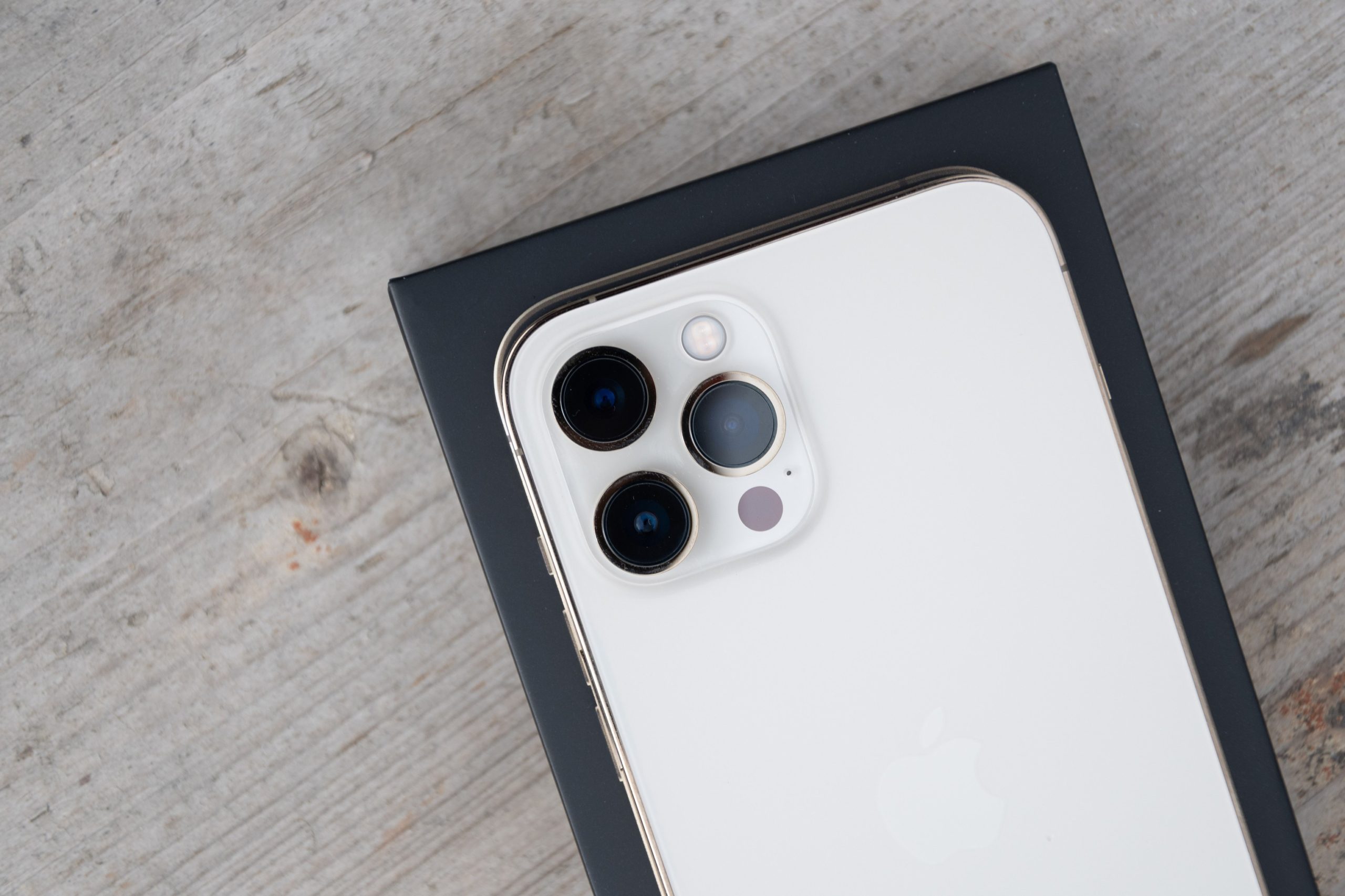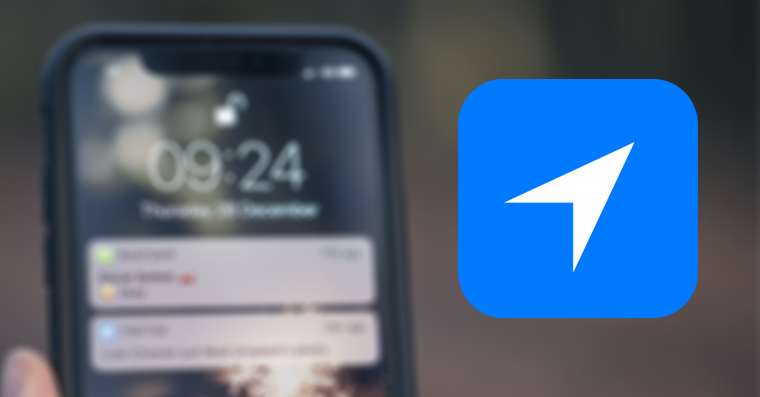The power of cell phones is that once you unbox them and fire up the camera app, you can immediately take photos with them. Just aim at the scene and press the shutter, anytime and (almost) anywhere. But the result will also look like that. So it takes some thought to make your images as pleasing as possible. And from that, here is our new series We take photos with an iPhone, in which we show you everything you need. Your first steps, even before taking the photo itself, should definitely go to Settings.
It could be interest you

Whether you bought your first iPhone or you're transferring a backup from one generation of phone to another without ever bothering to set up the Camera app before, you should pay attention to it. Not only will you avoid unpleasant surprises, but you will also optimize the quality of the content you capture. You can find everything in the menu Settings -> Camera.
Formats and compatibility issue
Apple is always pushing the capabilities of its iPhones forward in terms of camera and photo and video capture. Not so long ago, he came up with the HEIF/HEVC format. The latter has the advantage that it does not require such data while maintaining the quality of the photo and video. Simply put, although recording in HEIF/HEVC carries the same information as JPEG/H.264, it is less data-intensive and thus saves internal device storage. So what's the problem?
Unless you, your family, and your friends all own Apple devices with the latest operating system updates, you may have trouble sharing content. So if you take a recording in iOS 14 in HEIF/HEVC format and send it to someone still using macOS Sierra, they simply won't open it. So they have to update the system or search the Internet for applications that support the display of this format. A similar situation can also exist on older devices with Windows, etc. The decision of which format to choose, of course, depends purely on your needs.
Video recording and data consumption
If you own a device with a smaller storage capacity, it is more than appropriate to pay attention to the video recording quality settings as well. Of course, the higher quality you choose, the more storage the recording will take from your storage. On the menu Video recording after all, this is demonstrated by Apple using the example of a one-minute film. Also due to data requirements, it is so in 4K record at 60 fps automatically set format with high efficiency. But why record video in 4K, if you have nowhere to play it?
If you are recording in 4K or 1080p You don't recognize HD on your phone. If you do not own 4K televisions and monitors where you would like to play such high-quality video, you will not see the shift in resolution there either. So it depends on what your plans are for the video. If it's just snapshots that will stay forever only on your phone, or if you're going to edit a clip from them. In the first case, a resolution of 1080p HD will be sufficient for you, which will not take up so much space, and with which you will also be able to work better (especially faster) in subsequent post-production. If you have higher ambitions, of course choose higher quality.
It could be interest you

But keep one more thing in mind here. The development of technology is moving forward by leaps and bounds and, for example, competition in the field of mobile phones is now also offering 8K resolution. So if you want to film your little ones over the years, and when you retire one day to make a time-lapse video of them, it is worth considering whether not to choose the best possible quality, which will anyway decline over the years willy-nilly.
Watch out for the boring slowdown
Slow motion footage is effective if it has something to say. So try recording with 120 fps as 240 fps and compare their speed. Abbreviation fps here it means frames per second. Even the fastest movement looks at 120 fps still engaging, because what the human eye can't see, this shot will tell you. But if you choose 240 fps, be prepared for such a shot to be extremely long and probably extremely boring. It is therefore advisable to know what to use it for, or to drastically shorten its duration in post-production.







